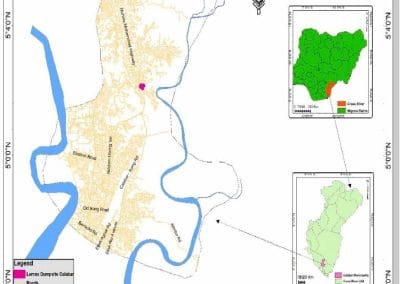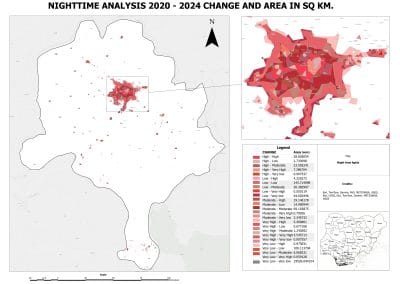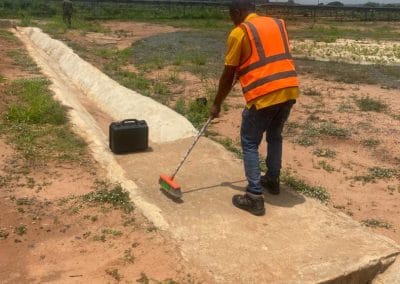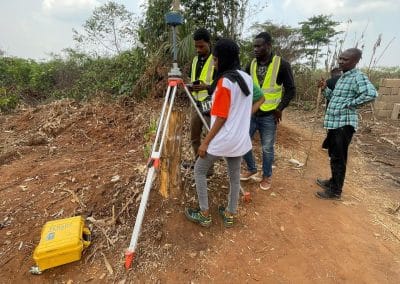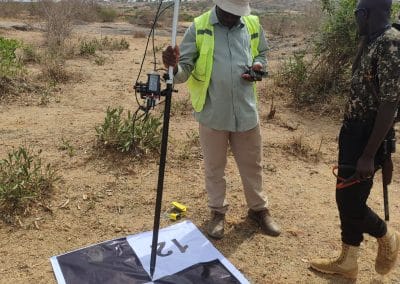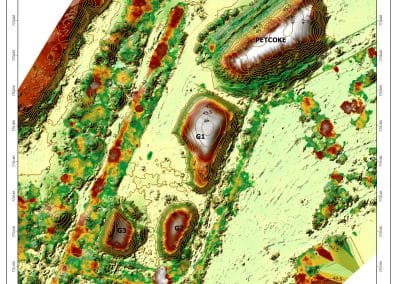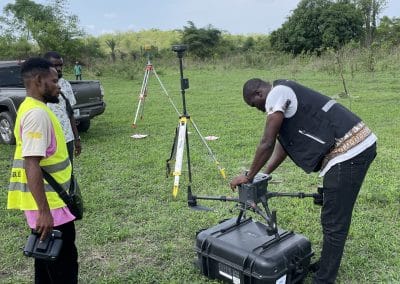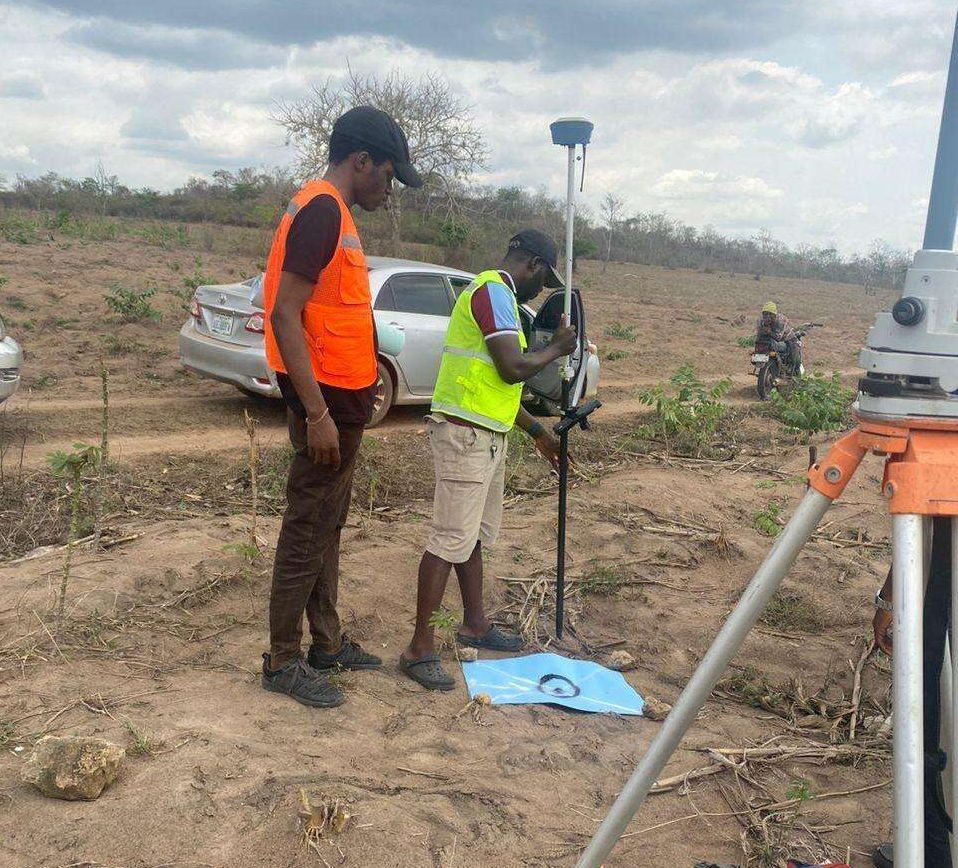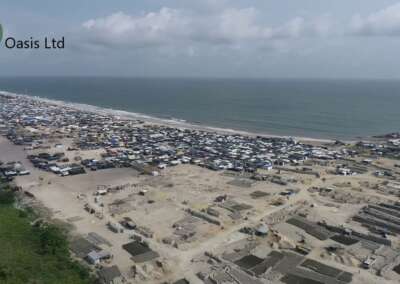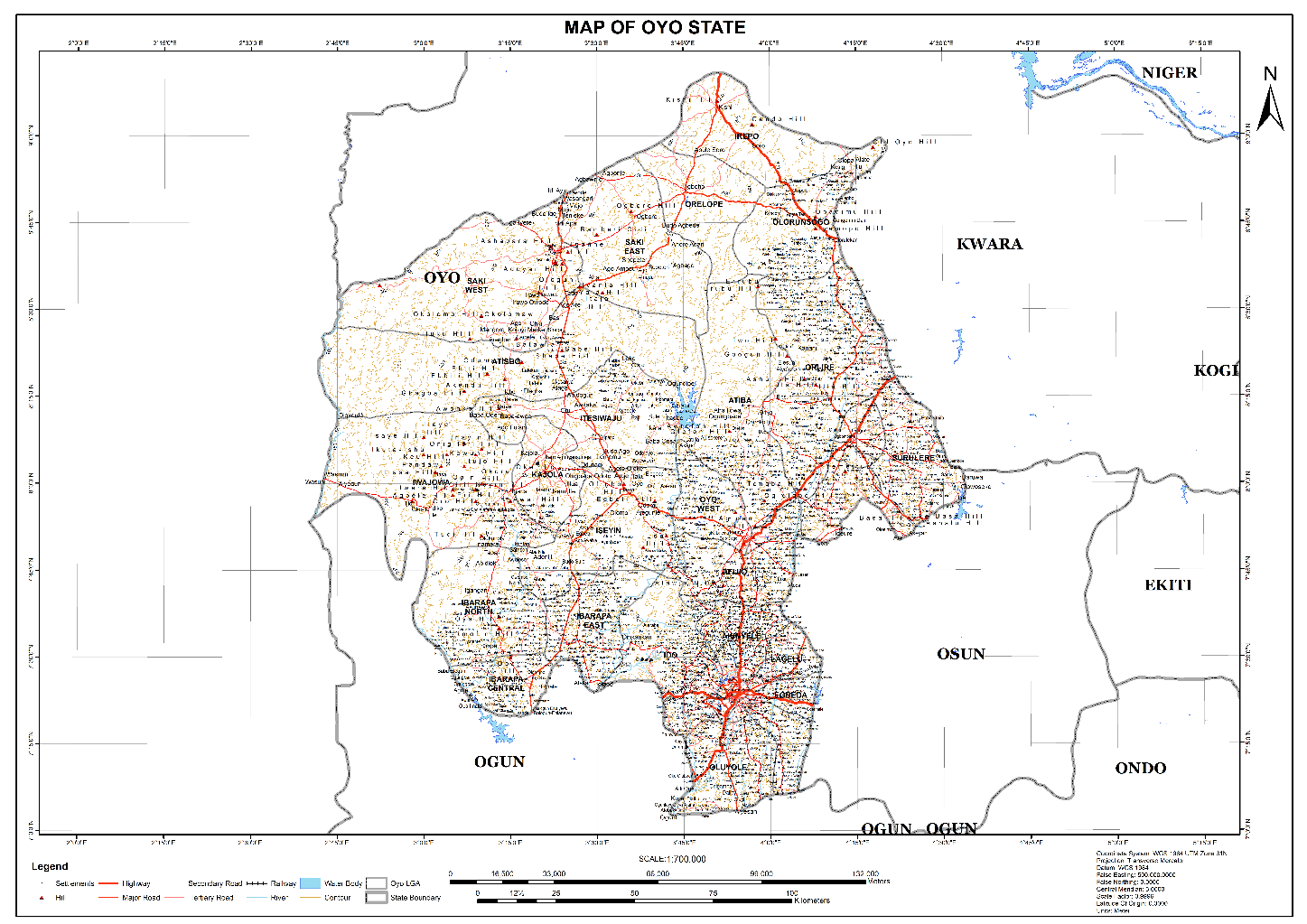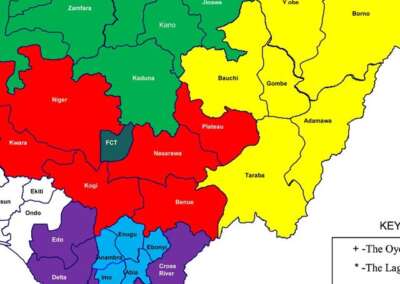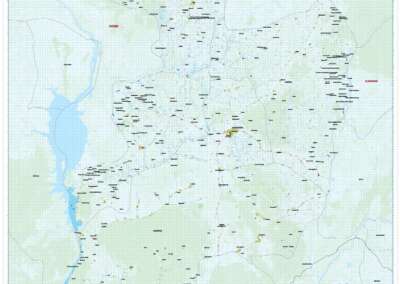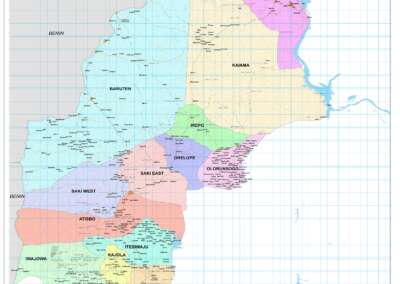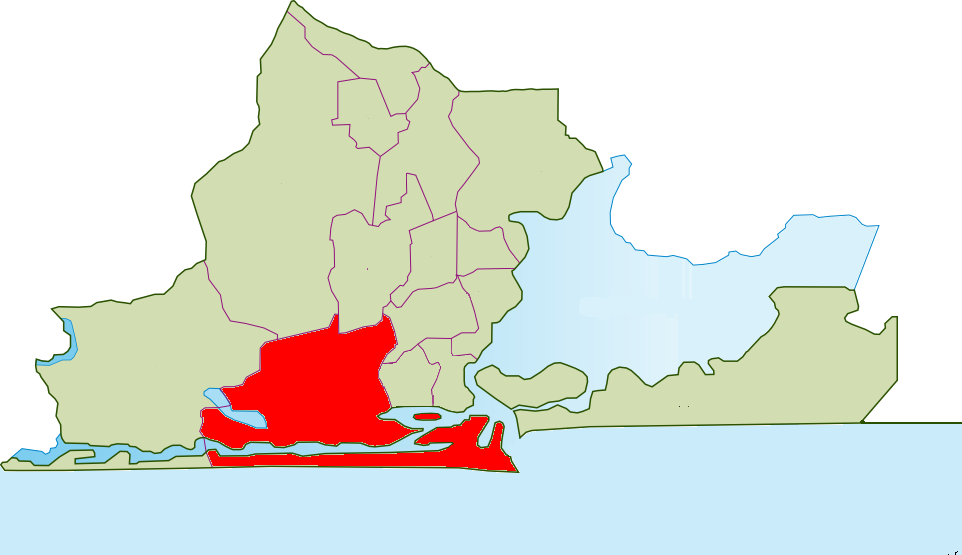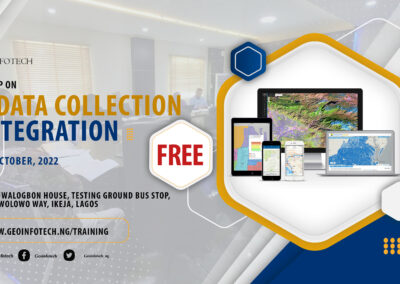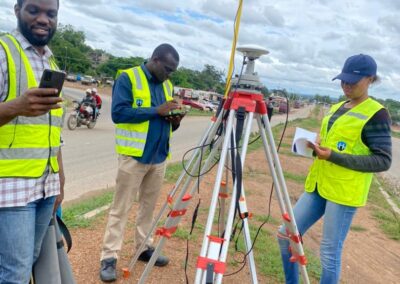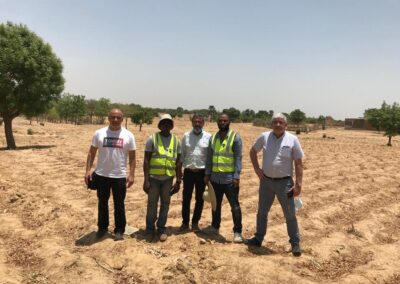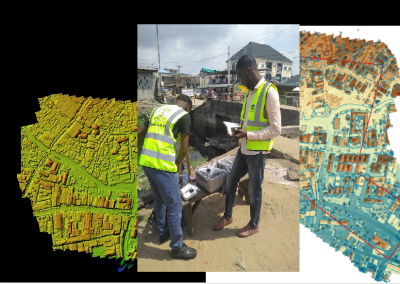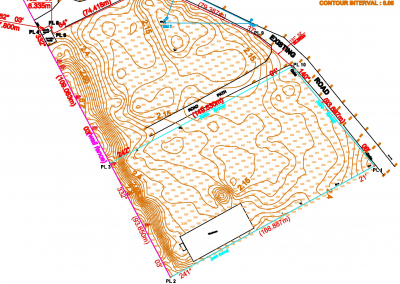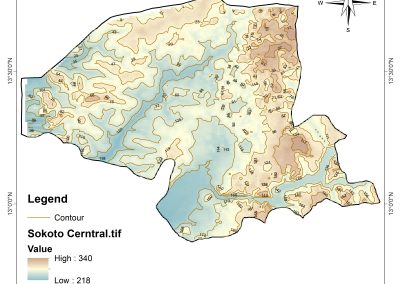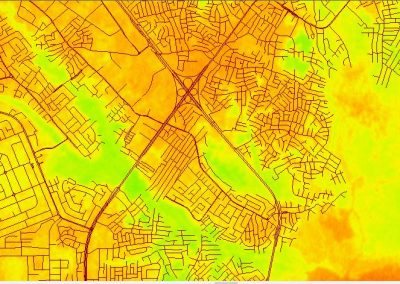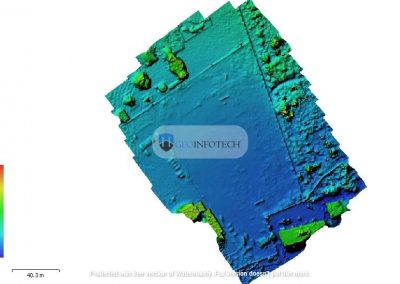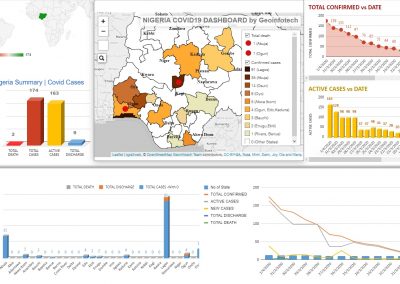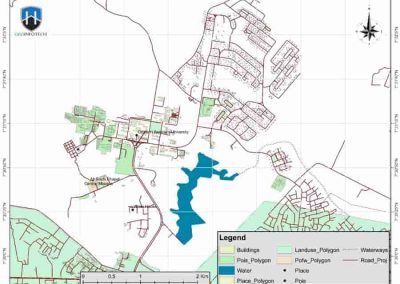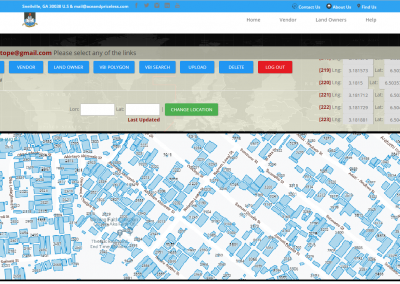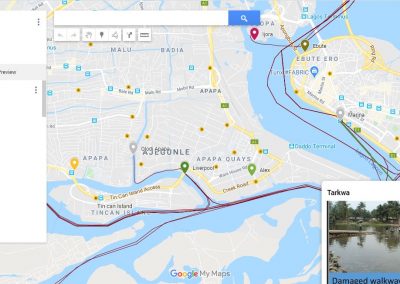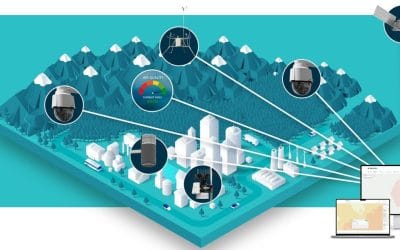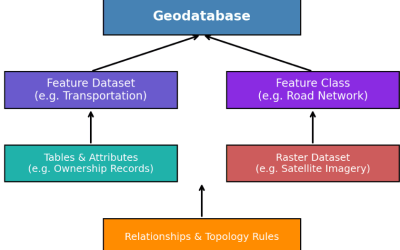What if the secret to your business’s next big win was hidden in plain sight, just waiting to be understood from a new perspective? It’s not magic, it’s Geographic Information Systems (GIS). Think of it as far more than just maps; it’s the ultimate tool for figuring out the reason behind everything – illuminating the true story of any location, market, and even your most important business decisions.
In today’s fiercely competitive landscape, businesses are in a perpetual quest for an advantage – a way to optimize operations, glean deeper market insights, and make decisions that resonate with precision. This is where GIS emerges as an indispensable tool. It provides a powerful framework for gathering, managing, analyzing, and visualizing all forms of geographically referenced data. It transcends the simple “where” of things, delving into the crucial “why” – understanding the underlying reasons for a location’s significance and the opportunities or challenges it presents.
UNLOCKING DEEPER INSIGHTS
At its core, GIS functions as a central nervous system for your location-based data. Imagine the power of integrating your customer demographics with sales territories, overlaying competitor locations, or meticulously analyzing supply chain routes against real-time traffic data. GIS empowers you to discern patterns, trends, and intricate relationships that remain hidden within conventional spreadsheets or databases. This holistic perspective enables you to:
- Identify Market Opportunities: Precisely pinpoint under-served areas or optimal locations for new branches by analyzing demographic data and accessibility.
- Optimize Logistics and Operations: Streamline delivery routes, manage field service teams with unprecedented efficiency, and significantly reduce fuel costs.
- Mitigate Risks: Conduct thorough analyses of potential environmental impacts, assess vulnerabilities to natural hazards, or identify areas prone to security concerns.
- Enhance Customer Understanding: Segment customers by location, tailor marketing campaigns to specific geographic areas, and elevate the quality of service delivery.
- Improve Resource Management: From overseeing complex utility networks to tracking valuable assets in the field, GIS offers a comprehensive overview for superior planning and allocation.
BEYOND THE MAP: REAL-WORLD APPLICATIONS
The versatility of GIS is astonishing, with its applications impacting nearly every sector:
- Retail and Marketing: Gaining profound insights into customer behavior and store performance based on geographic location, thereby optimizing advertising spend.
- Real Estate and Development: Facilitating informed site selection, accurate property valuation, and strategic urban planning.
- Utilities and Infrastructure: Efficiently managing assets, scheduling preventative maintenance, and rapidly responding to outages.
- Environmental Management: Monitoring deforestation, tracking pollution, and meticulously planning conservation efforts.
- Logistics and Transportation: Revolutionizing route optimization, enhancing fleet management, and improving traffic flow analysis.
- Public Safety: Crucially aiding in emergency response planning, sophisticated crime analysis, and strategic resource deployment.
YOUR STRATEGIC ADVANTAGE
Implementing GIS is not merely about adopting a new technology; it’s about embracing a paradigm shift – a way of thinking that harnesses the immense power of location to drive strategic growth. By seamlessly integrating your business data with its geographical context, you gain an unparalleled understanding of your operations, your market, and your customer base. This profound insight invariably leads to smarter, data-driven decisions, increased operational efficiency, and ultimately, a formidable competitive position in the marketplace.
GAIN A DECISIVE EDGE
GIS as the Key to Smarter Business Strategies. In any competitive environment, informed decision-making is paramount. Geographic Information Systems provide the critical location intelligence needed to optimize operations, understand your market deeply, and achieve sustainable growth.





